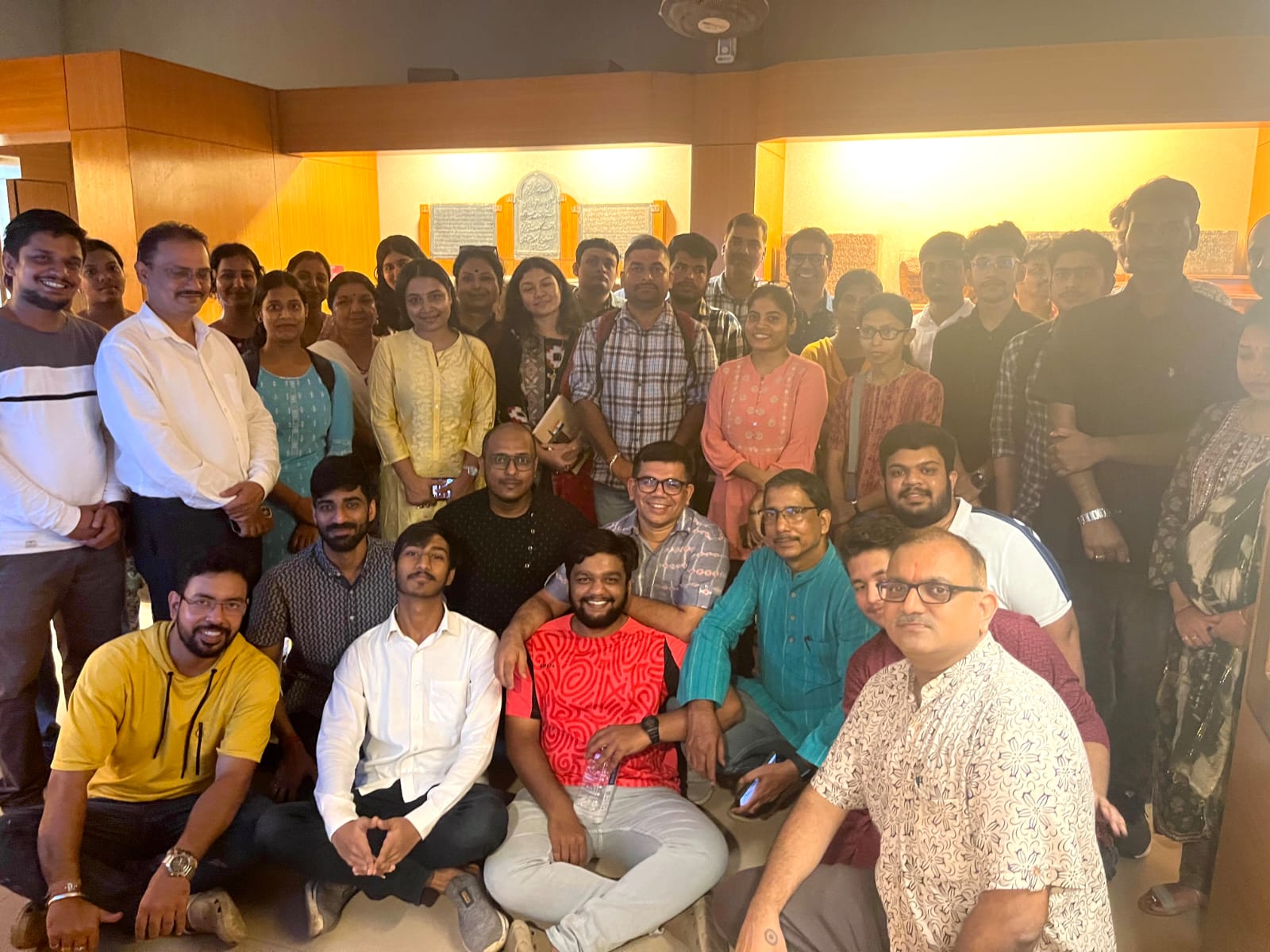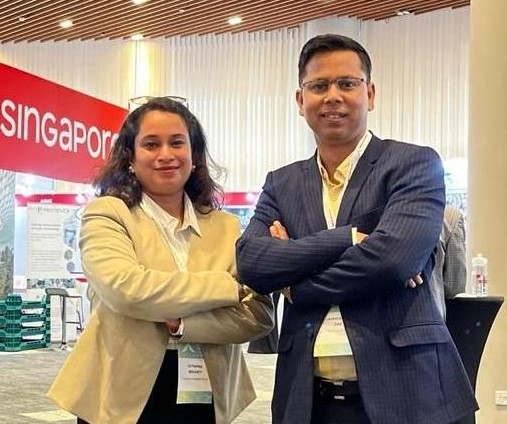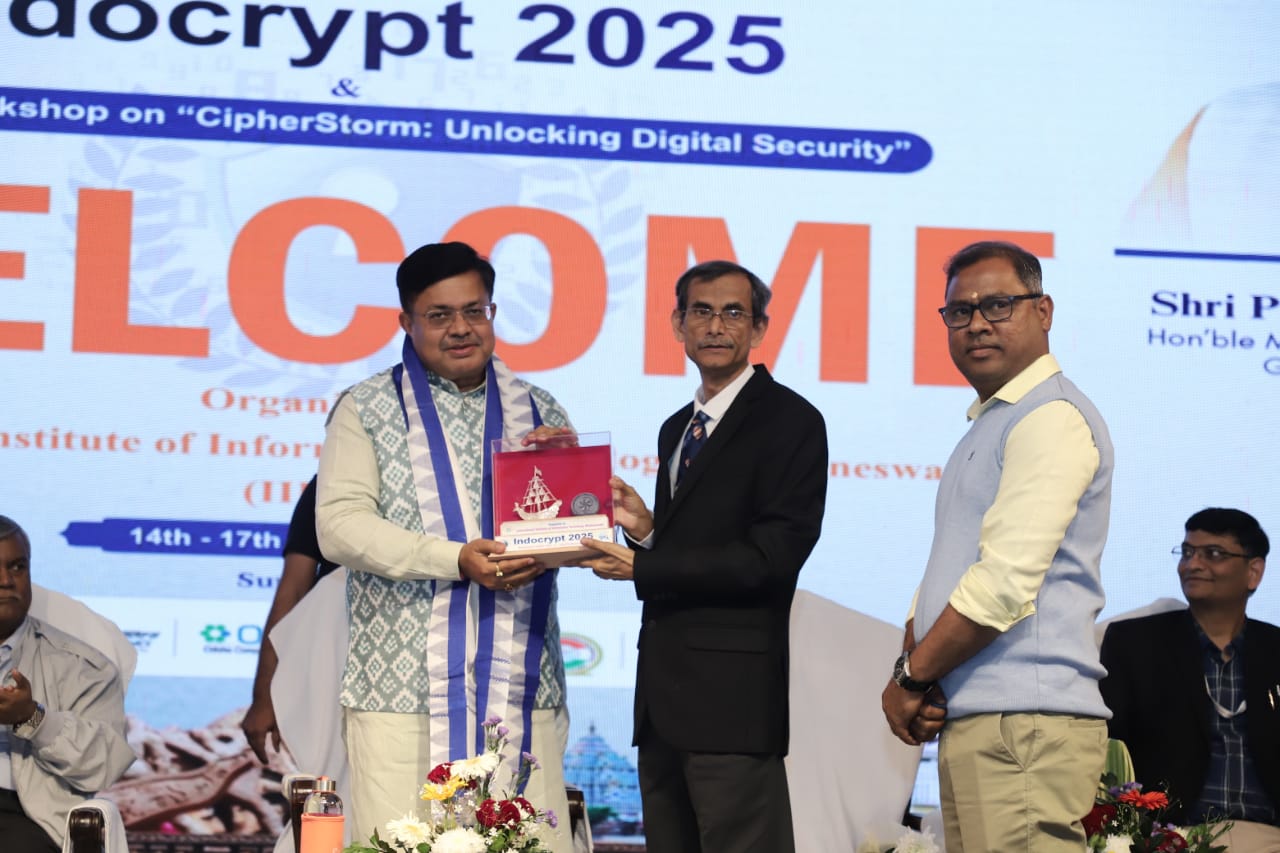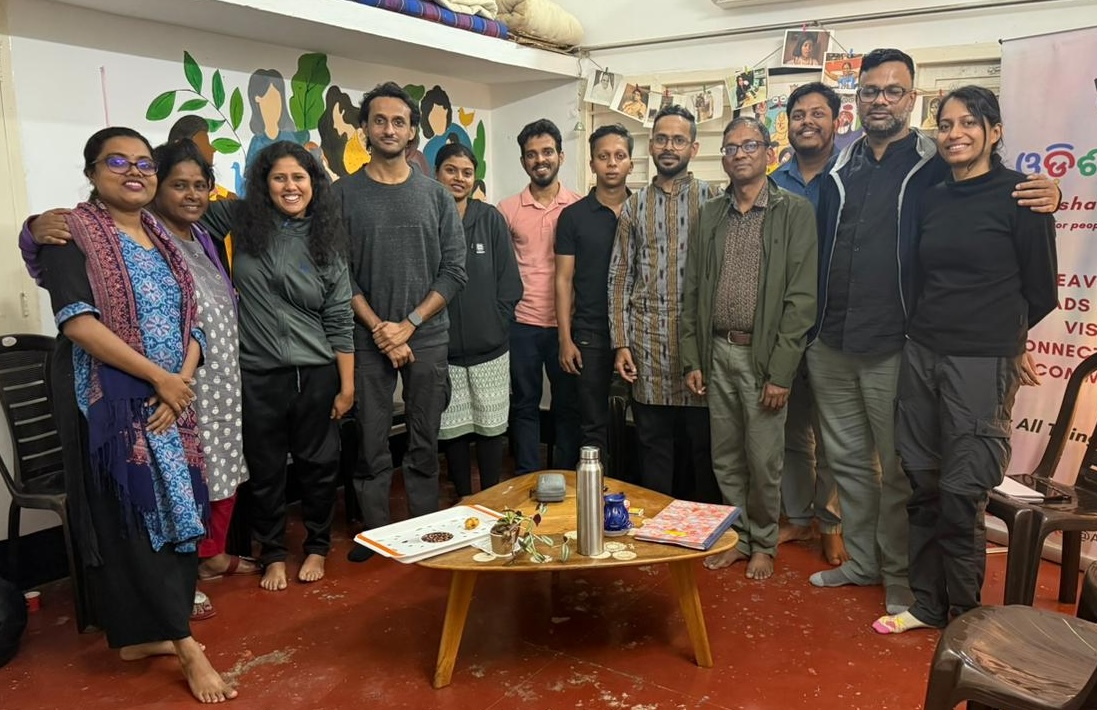Bhubaneswar: Over 50 heritage enthusiasts from across Odisha gathered today at the Odisha State Museum for the eighth edition of “Aitihyara Ante” (Beyond Heritage), and took part in an interactive session themed “Maa Bhasa, Maati Bhasa” (Language of the Mother and Motherland). The event focused on the evolution of the Odia script and language, featuring discussions from both young and seasoned researchers.
The venue, rich with historical artefacts including inscriptions, copper plates, and palm-leaf manuscripts, provided the perfect setting for the event. Participants, along with experts from the museum, engaged in a comprehensive exploration of Odisha’s linguistic heritage.
The session, which began at 10:30 AM on the museum lawns, concluded with a short documentary on palm-leaf manuscript conservation, showcasing the state’s immense cultural treasures. Odisha boasts one of the largest collections of such manuscripts in India, making the preservation efforts especially significant.
Young researchers like Soumya Ranjan Panda, Swetak Abhishek Mohapatra, Bishnu Mohan Adhikari, and Prateek Pattanaik shed light on the historical development of the Odia script. Distinguished linguist Dr. Subrat Kumar Prusty emphasized the ancient roots of the Odia language, dating back to at least the 3rd century BC. “Odia or Kalinga script has a distinct and unique identity. We should take pride in being one of the oldest scripts in India, with the Sixth Classical Language status being well-deserved,” Dr. Prusty noted.
Epigraphist and independent researcher Bishnu Mohan Adhikari made a passionate appeal to the Odisha State Museum authorities to initiate efforts to reclaim the “Urjam Inscription,” the earliest known record of the Odia script, currently housed in a Chennai museum. This inscription was found in Andhra Pradesh, which was once part of the Madras Presidency.
Participants also toured the museum’s palm-leaf conservation wing, observing the preservation techniques used to restore and protect these priceless manuscripts. Select manuscripts were displayed, giving attendees a firsthand look at Odisha’s rich epigraphic history.
The “Beyond Heritage” initiative has previously explored various aspects of Odisha’s cultural history, including temple architecture, martial heritage, and maritime history. Organizers hinted that the next session may focus on the Sun Temple at Konark, a UNESCO World Heritage site.
The event, which ended at 1:30 PM, was a memorable journey into the history and evolution of the Odia script, leaving participants with a deeper appreciation for their linguistic heritage.





